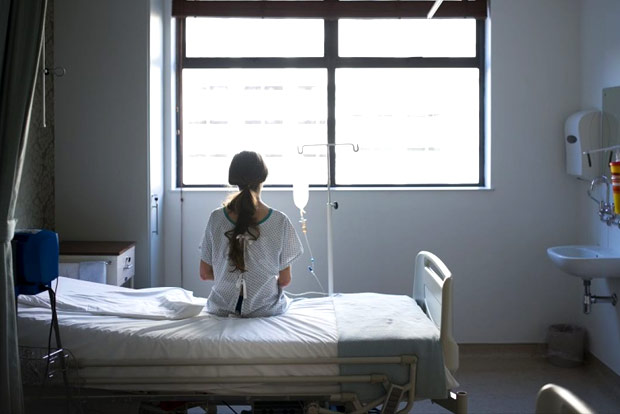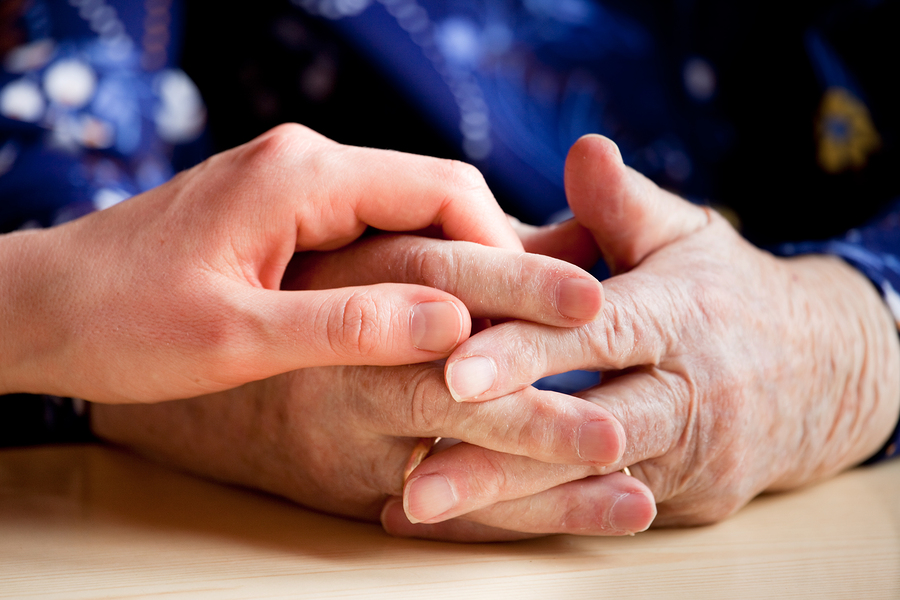
I frequently listen to the Ted Radio Hour podcast.
I love the 52-ish minute podcasts hosted by Guy Raz.
The format of each episode is similar: five to six experts are interviewed on a common topic. The topics range from psychology to space to art to climate change. I enjoy listening to these because it exposes me to ideas and subjects that I am unfamiliar with.
As I was listening to one episode the other morning, the speakers were discussing how loneliness is such a rampant health care issue that feeds physical and mental health downward spirals.
This comment on loneliness was being discussed in the argument for improving mental healthcare access, but I found myself particularly struck by the concept of loneliness – so much so that I went to read a bit more about it in research articles.
I think it has a huge impact on the health system and thus has meaning for any healthcare worker today. With nursing’s focus on the patient’s experience of an illness rather than the medical diagnosis itself, loneliness becomes an even more important matter to consider.
I looked at three different articles and websites (see reference list below). I highly recommend reading the full articles. I’m just summarizing what I read so that you have a brief overview of what the articles discuss in more depth.
The Definition of Loneliness
I thought that Cacioppo et al (2015) defined loneliness well, saying that it is a “discrepancy between an individual’s preferred and actual social relations…(that) leads to the negative experience of feeling alone and/or the distress and dysphoria of feeling socially isolated even when among family or friends” (p. 2). So, it’s much more about the individual’s perception of their social network rather than his or her actual network.
There is a longing to be united with meaningful relationships that factors into loneliness (making it uniquely different than depression) (Cacioppo et al, 2015). Cacioppo et al (2015) organize loneliness into three dimensions:
- Intimate loneliness (the absence of someone to rely on during difficult times).
- Relational loneliness (the absence of face-to-face interactions with meaningful people).
- Collective loneliness (the absence of a broad social network of people who share common interests and give the individual a sense of belonging to a certain identity).
Loneliness is prevalent worldwide, and it affects every age (Cacioppo et al, 2015). Many research studies have focused on older adults in particular. Holt-Lunstad (2017) cites research that found over 42 million older adults experience loneliness.
Loneliness by the Numbers
As the aging population grows, public health workers are particularly concerned about the expansion of loneliness. Cacioppo et al (2015) note that loneliness was measured at 11-17% in 1970 and has now increased by more than 40%.
The American Osteopathic Association administered a poll that showed 72% of American adults had a “sense of loneliness” (Trossman, 2018).
Young adults also report feeling lonely despite being immersed in the age of social media and constant connectivity (Cacioppo et al, 2015; Trossman, 2018).
Rates of loneliness seem to be rising.
As the general population loneliness rises, researchers see that more people are living alone, fewer people are involved in community events, and fewer people are associating with religious networks (Holt-Lunstad, 2017).
Loneliness is often understood within the emotional realm, but researchers have found that loneliness has direct mental and physical effects.
Mentally, loneliness correlates with a higher risk for depression, early-onset Alzheimer’s, dementia, suicidal thoughts, anxiety, and aggression (Cacioppo et al., 2015; Holt-Lunstad, 2017).
Physically, those who identify as “lonely” are more likely to smoke, experience obesity, have insomnia and have reduced physical activity (Cacioppo et al., 2015; Holt-Lunstad, 2017). Researchers also have found higher blood pressure, decreased immune function, and higher inflammation in those who experience loneliness (Holt-Lunstad, 2017).
Now that I’ve shared some of the staggering statistics on the prevalence of loneliness as well as its effects, how do we best address it as nurses and other healthcare workers?
Cacioppo et al (2015) discuss how psychologists have tried different cognitive-behavioral therapies for those with loneliness, each study with varying results of efficacy.
Some have implemented individual therapy while others have done group therapy sessions.
Some focus on the education of social skills while others try and increase opportunities for social interaction.
While no medication currently exists for the treatment of loneliness, there are research studies in animals looking at potential pharmacological regulators for neurological systems involved in loneliness (Cacioppo et al., 2015).
As a nurse, I believe nurses have a role to play in addressing loneliness.
Trossman (2018) wrote that nurses need to have a “loneliness radar” up regardless of specialty area they are working in. Those working in schools need their radar up just as much as those working in nursing homes or assisted living.
Nurses can work to reduce the stigma of loneliness by raising awareness of its prevalence and recognizing it as an actual pathology with detrimental health effects.
One interviewed nurse stated that emotional wellbeing should be considered another vital sign, similar to how pain is now considered a vital sign (Trossman, 2018).
Therapeutically listening to patients talk about feelings of loneliness can be such a powerful act for nurses to perform.
The last thing I want to mention is that loneliness affects nurses, too – not just patients. One of my previous blogs talked about how important community is, and how working common nursing shifts that are twelve hours on a rotating schedule is not conducive to developing community outside of work.
Trossman (2018) also notes that nurses are encouraged to maintain a “professional boundary” with patients that contributes to increased feelings of loneliness.
So take this as encouragement from me: find meaningful relationships that you can invest in regularly because loneliness is a very real, very harmful state to wallow in the long term.











Write a comment: